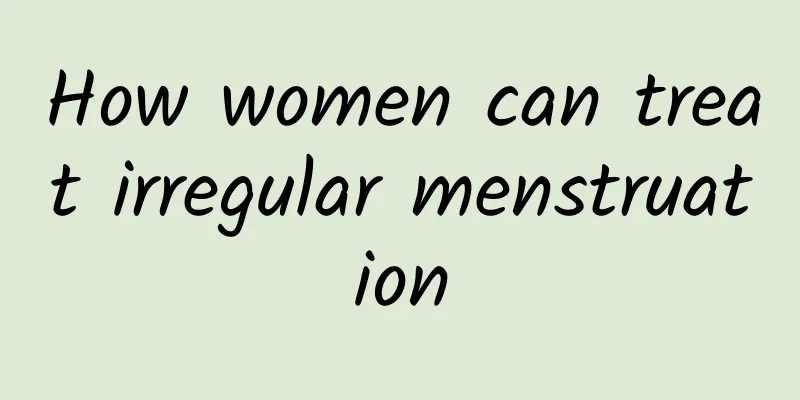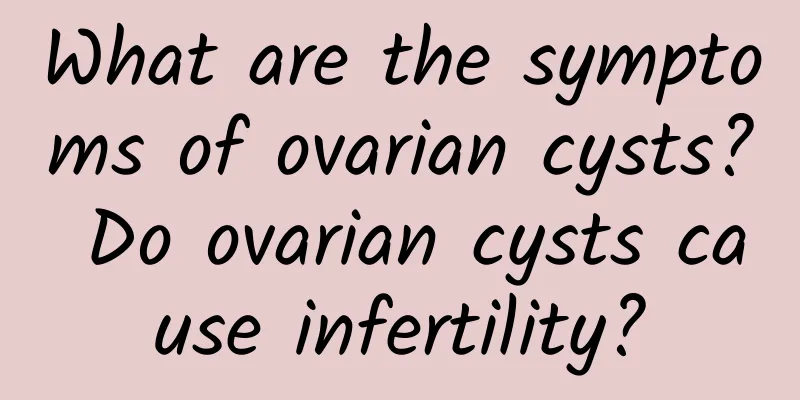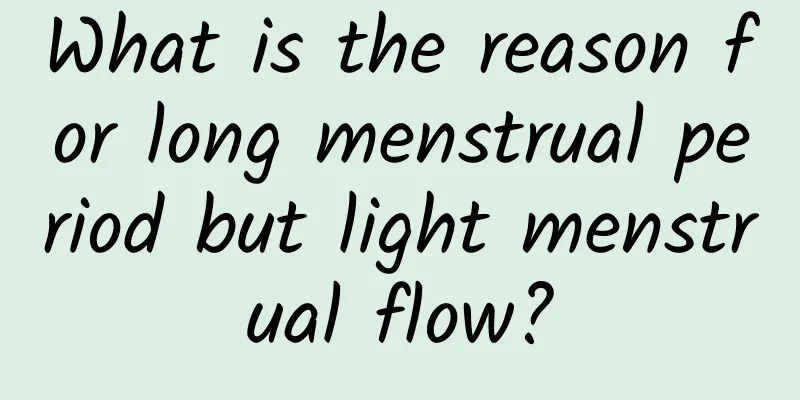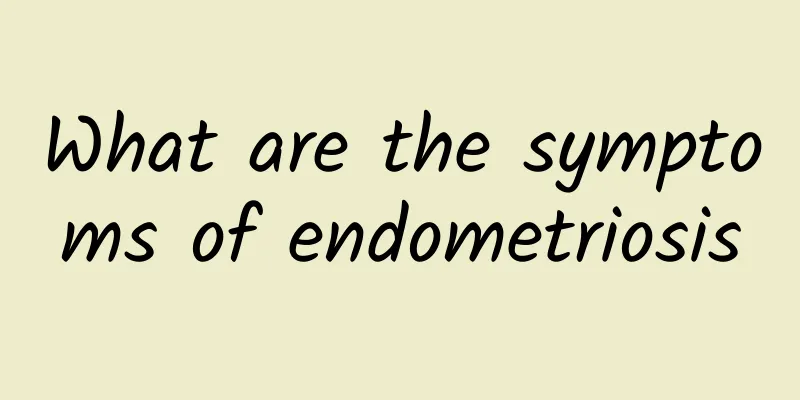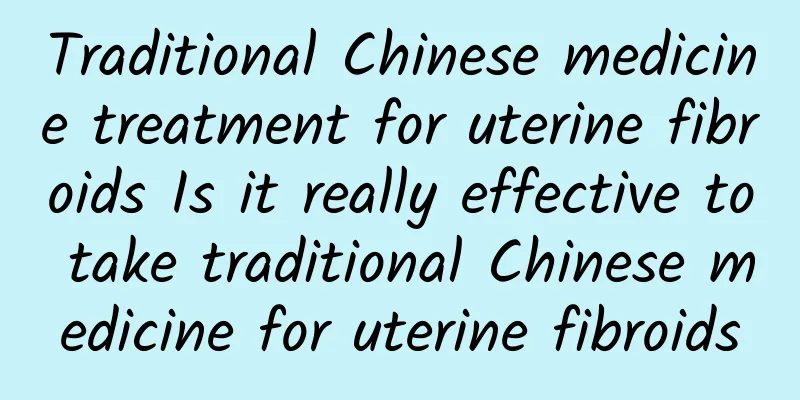Ovarian cyst first medical record template
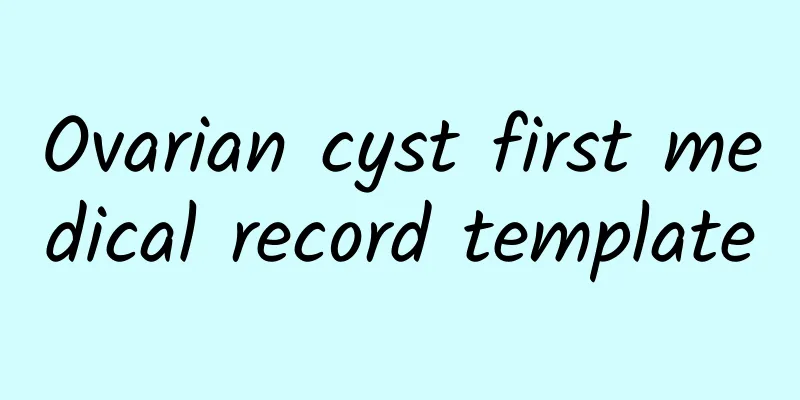
|
Ovarian cysts can be divided into many types, and ovarian cysts are also ovarian tumors. Some cysts are caused by pelvic inflammation and can disappear on their own, while others are formed due to endometriosis, such as chocolate cysts. Some are tumor cysts, which are ovarian tumors. These cysts have different treatment plans due to their different natures. However, most cysts in women of childbearing age are functional cysts and there is no need to worry too much. If the cyst is not large, you can observe it temporarily and check it regularly by B-ultrasound. If it grows, give treatment. If it has reached the surgical indication of more than 5cm, surgical treatment is recommended. However, the surgery is recommended to use interventional surgery that does not damage the ovaries and uterus and does not affect reproductive function. This operation only requires a puncture needle to reach the cyst site, extract the cystic fluid, and then inject drugs to destroy the cyst wall, which can ensure that the cyst does not recur. Physiological cysts do not require surgery, but pathological cysts often require surgery to make a clear diagnosis and take appropriate measures. So how do you distinguish whether a cyst is physiological or pathological? (1) Age: The age of the patient is very important. For prepubertal children or postmenopausal women, the presence of a cyst on the ovary is usually abnormal. If it is solid or cystic-solid, it is likely to be a tumor and requires surgery. However, for women who are near puberty or have just reached menopause, small cysts may also be developing follicles. (2) Cyst nature: B-ultrasound is very helpful for diagnosis. For cysts with no echoes and no septa and a diameter of less than 5 cm, ultrasound examination can be repeated for 3 months. For cysts with a diameter greater than 5 cm, observation can be performed for a period of time. If the cyst persists or abdominal pain is suspected of torsion, surgery is recommended. For patients with dot-like echoes in the cyst and accompanied by dysmenorrhea, endometriosis cysts (chocolate cysts) are often considered. Observation, surgery or drug treatment can be decided based on the size and whether there is a desire to have children. For patients with solid cysts, solid cysts or combined ascites, and patients with elevated CA125, be careful of the possibility of ovarian malignancy and surgery is recommended as soon as possible. If a physiological cyst is suspected, it can be observed for 1-3 months, or contraceptives can be used to suppress it and observe whether the cyst disappears. Generally, no treatment is required. Surgical treatment is often recommended for pathological cysts, while laparoscopic surgery is often used for benign diseases, which is less invasive and has a quicker recovery. Surgical treatment is often recommended for persistent ovarian cysts after menopause. |
<<: Diagnosis of dysmenorrhea in Chinese and Western medicine
>>: What medicine is better for multiple ovarian cysts?
Recommend
What are the precautions after painless abortion?
Most women will experience some minor symptoms af...
Christy Chung loses weight with intermittent fasting ~ Weight loss doctor: 4 principles for fast weight loss to avoid the risk of regaining weight
Female artist Christy Chung revealed that she suc...
Can ovarian cysts be cured with medicine?
Can ovarian cysts be cured with medicine? 1. Ovar...
How to regulate the diet for dysmenorrhea
Dysmenorrhea is a common disease among female fri...
Can I drink Chinese medicine to treat cervical hypertrophy?
Cervical hypertrophy can be treated with Chinese ...
Are you taking the right nutritional supplements? The key to losing weight without looking old is to choose the right vitamins and minerals
So, what nutrients do you need to build a firm an...
What is the cause of chocolate ovarian cysts?
What is the cause of chocolate ovarian cysts? Cho...
Does scanty menstruation mean menopause?
Oligomenorrhea belongs to the category of menstru...
Prevention of secondary amenorrhea
Prevention of secondary amenorrhea: 1. Adjust you...
What is vaginal bleeding after sex? Is vaginal bleeding after sex caused by cervicitis?
In clinic, some patients often say that they foun...
Experts analyze the causes of uterine fibroids
There are many causes of uterine fibroids, but no...
Follow the famous models to get a nice butt and thighs, wear shorts and bikinis to welcome the summer
The weather is getting hotter and hotter, and the...
Do you pay attention to the symptoms of ovarian cysts?
Ovarian cyst is a common gynecological disease. I...
What are the complications of abortion?
In today's society, more and more people are ...
How long after the abortion can I exercise? Pay attention to these matters after the abortion
Many female friends are not very clear about the ...
